By Eric T. Baker
This issue’s column looks at two strategic, turn-based computer games that model the European Theater in World War II. The first is Strategic Command 2: Weapons and Warfare Expansion from Fury Software. Expansion is really the wrong designation for this package since for video games “expansion” has come to mean that you have to have the original game to play it. SC2:W&W builds on the mechanics and scenarios of the original game, but it can be played on its own without the purchase of the original game.
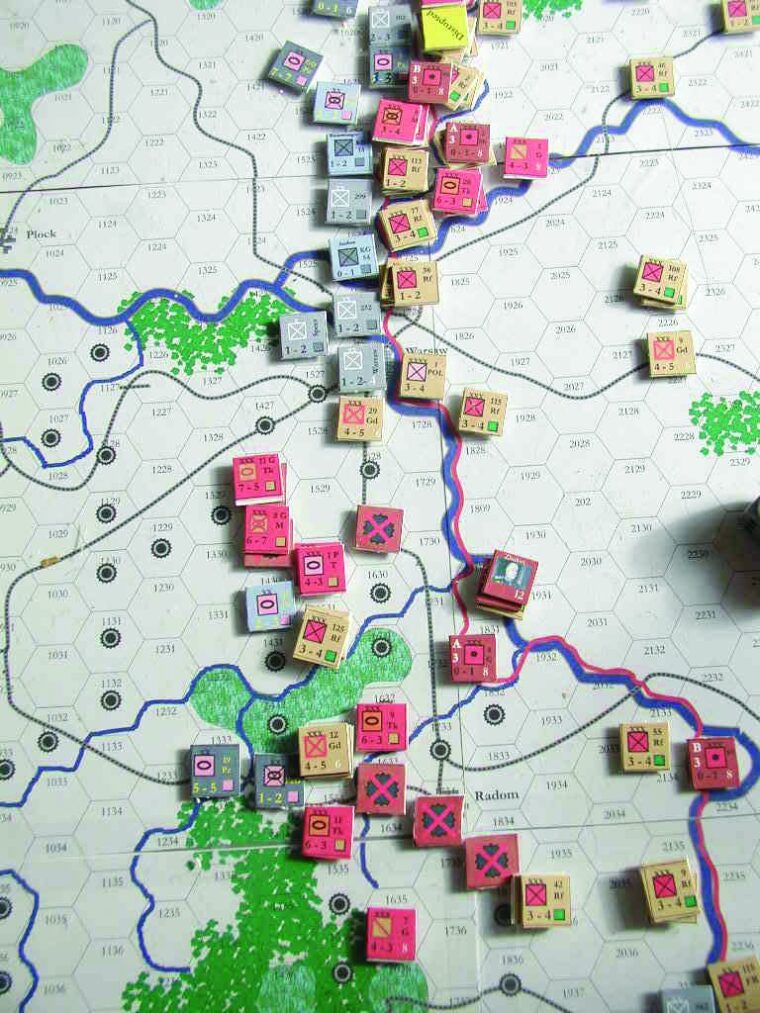 There are six campaigns for the single-player game that let the player complete WWII as one of the countries involved. For instance, the Fall Weiss campaign starts with the German invasion of Poland and lets the player control either the German and Italian armies or the English and French ones. There are also eight mini-campaigns that focus on a small slice of the war and play it out. For example, the Wacht Am Rheim mini-campaign lets the player refight the Battle of the Bulge as either the Germans or the Americans.
There are six campaigns for the single-player game that let the player complete WWII as one of the countries involved. For instance, the Fall Weiss campaign starts with the German invasion of Poland and lets the player control either the German and Italian armies or the English and French ones. There are also eight mini-campaigns that focus on a small slice of the war and play it out. For example, the Wacht Am Rheim mini-campaign lets the player refight the Battle of the Bulge as either the Germans or the Americans.
Whatever the campaign, the game is turn based and has two dimensions. There are counters for each unit of the 22 unit types (each one coming in a color and flagging for one of the 30 different countries in the game) and each unit is rated in 32 different characteristics to give it a performance close to its real-world counterpart regardless of the game situation it finds itself in. The AI is both improved in this version of the game and also adjustable so that player can find a level of challenge that he is comfortable with.
The other PC game for this issue is Advanced Tactics World War II from Matrix Games. Whereas the SC is an engine that the designers keep refining to better model WWII, the AT engine is built to model combat at any time period. This installment models the European Theater of WWII, but it does so with less precision than SC2:W&W. For example, both games move the unit around as counters on a 2-D board, but in SC the counters have little 3-D pictures of the actual units; AT has silhouettes of the generic unit types.
The two games both have single-player and multiplayer modes. Both games support multi-player in hot seat, LAN, and e-mail play with both games offering encryption on the play by e-mail option. Both games contain editors that allow the players to create their own scenarios and campaigns, customize units, and modify maps. Because it is a game built on a more generic engine, AT has more options for creating “what if” scenarios, and in fact has a three-way 1945 scenario built in.
Both games have supply rules, but AT’s are more complex as are its resource and production rules. The combat animation is also more detailed in AT. SC plays sound effects and the counters take damage. AT displays a separate screen with more detailed results. Ultimately, both games are true to their model of the war and the men and machines that fought it, but SC seems do a better job of letting players experience the choices as they were while AT seems better at modeling what could have been if circumstances had been different.
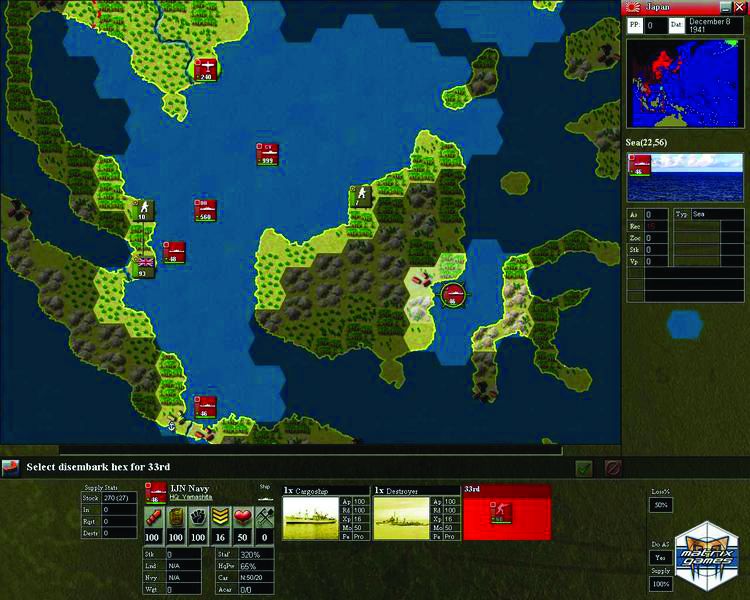
The third game is Red Storm Over the Reich: the Last Days of the Third Reich from designer Ted Raicer and Compass Games. This is a board game that comes with two large, full-color maps, 456 counters, setup charts, rules, and two dice. This is a highly focused simulation and there are only three scenarios in the box. The first two have fewer units and most people will be able to play them in about 10 hours. The third scenario will take more like 14, but it uses about all of the counters.
What RSOtR models is the final Russian campaign, launched in January of 1945, to overrun Germany and take Berlin. There were terrible losses on both sides, but by May 1 the Russians controlled Berlin. The first scenario lets the players model these historic events. The second allows the German player to pull units back from the initial Soviet strike into the defensive alignment that Hitler forebade so that what units the Germans historically had have a better chance of stopping the Russians. The third scenario assumes that Hitler is removed from power in time for the Battle of the Bulge to be called off and the German units it wasted to be moved to the Eastern Front.
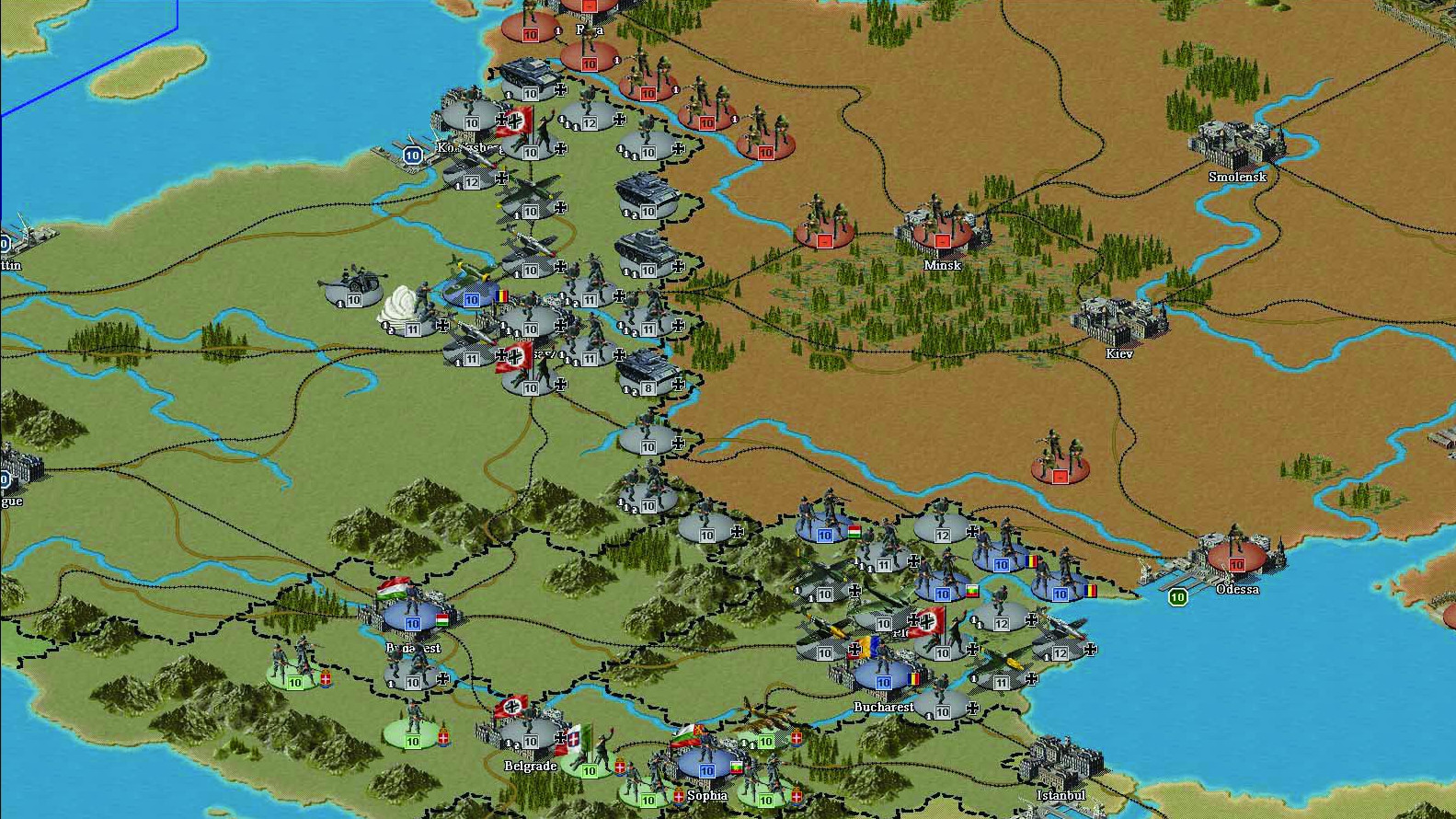
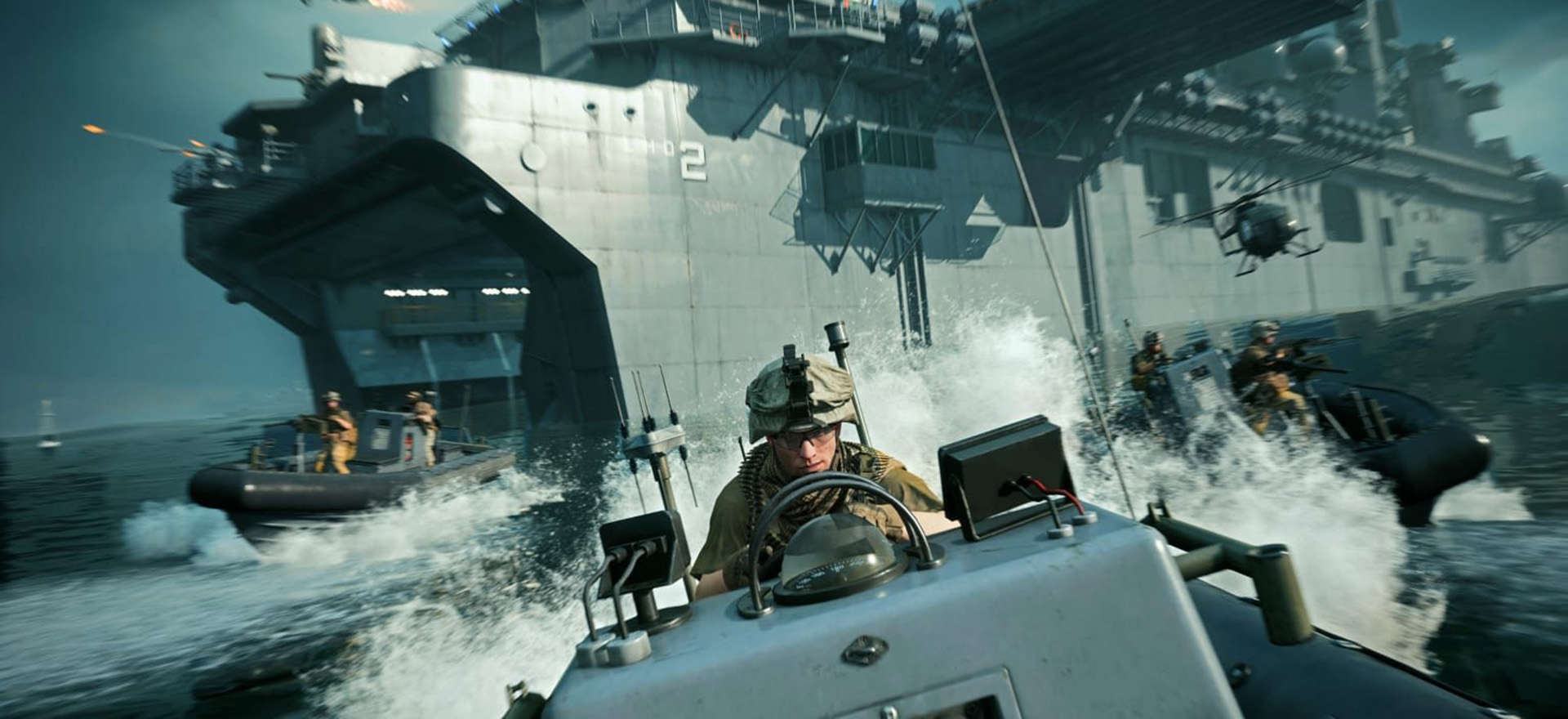
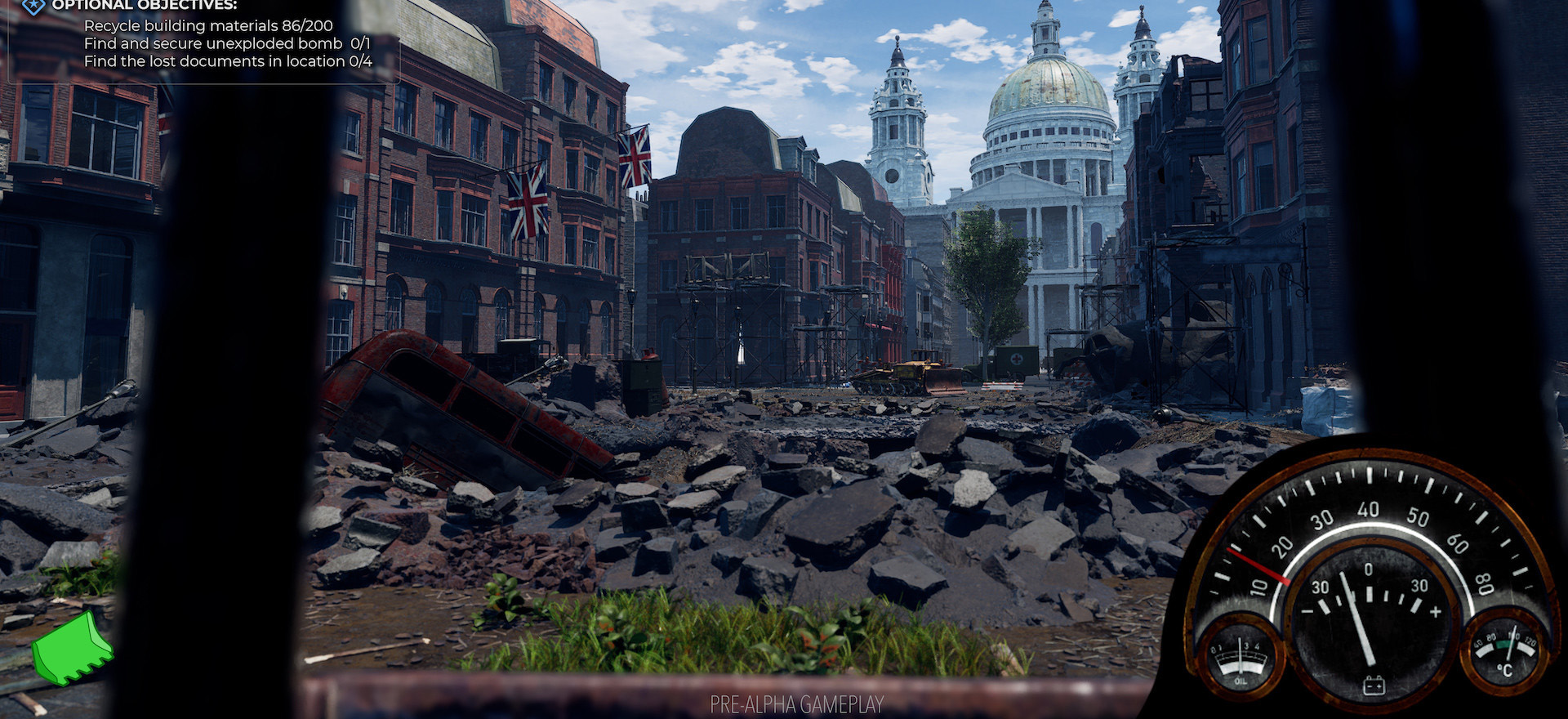
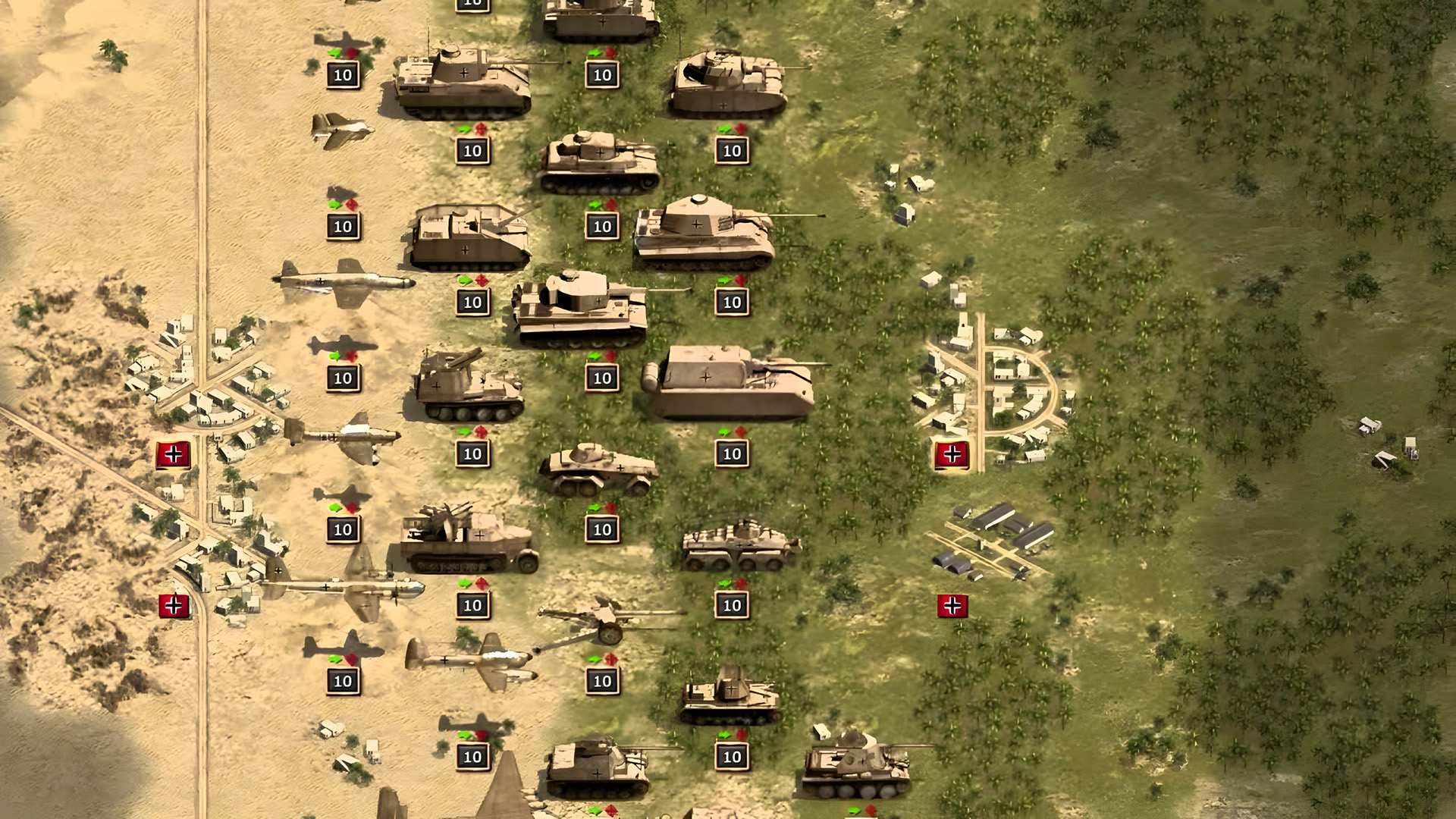
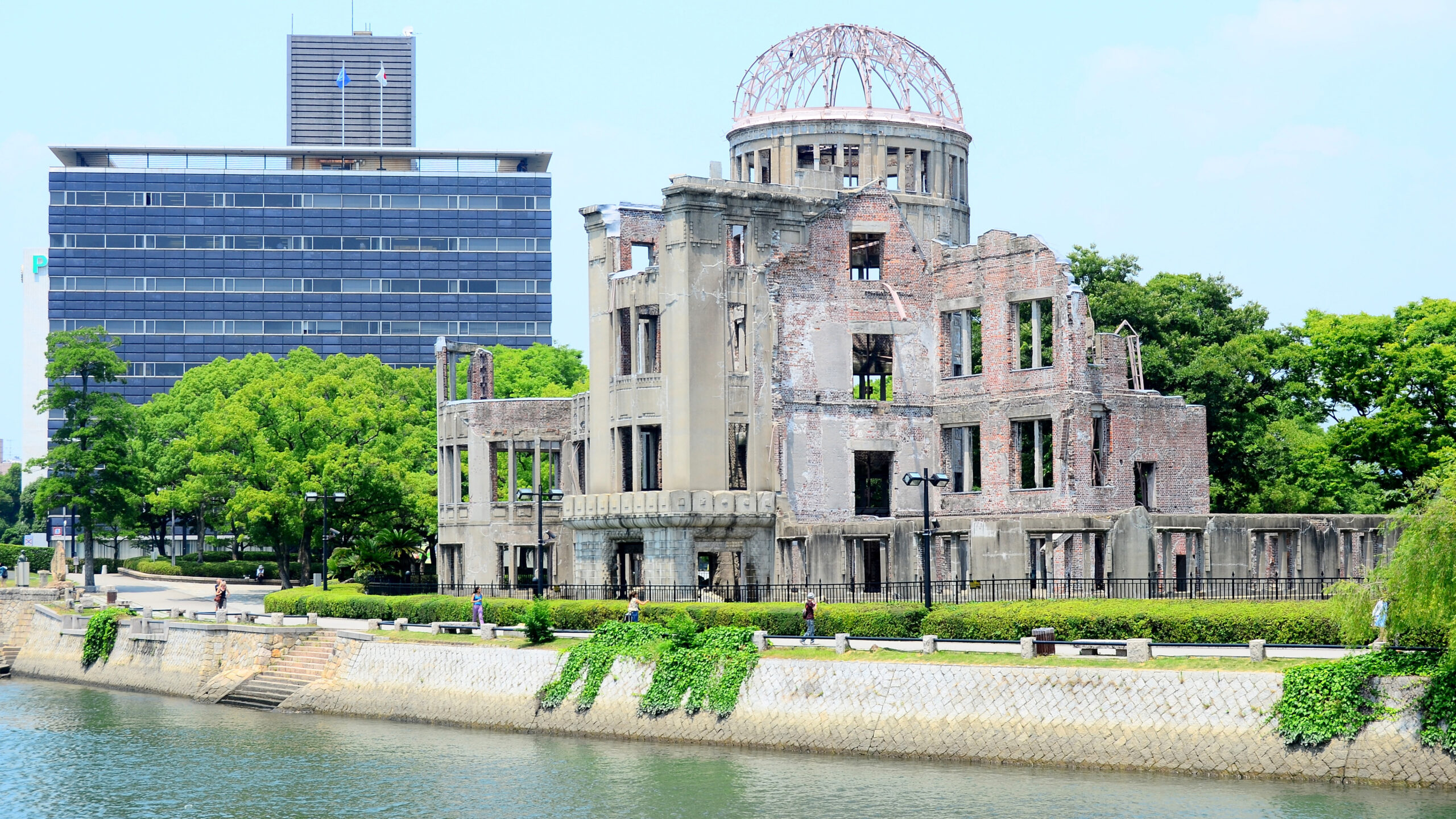
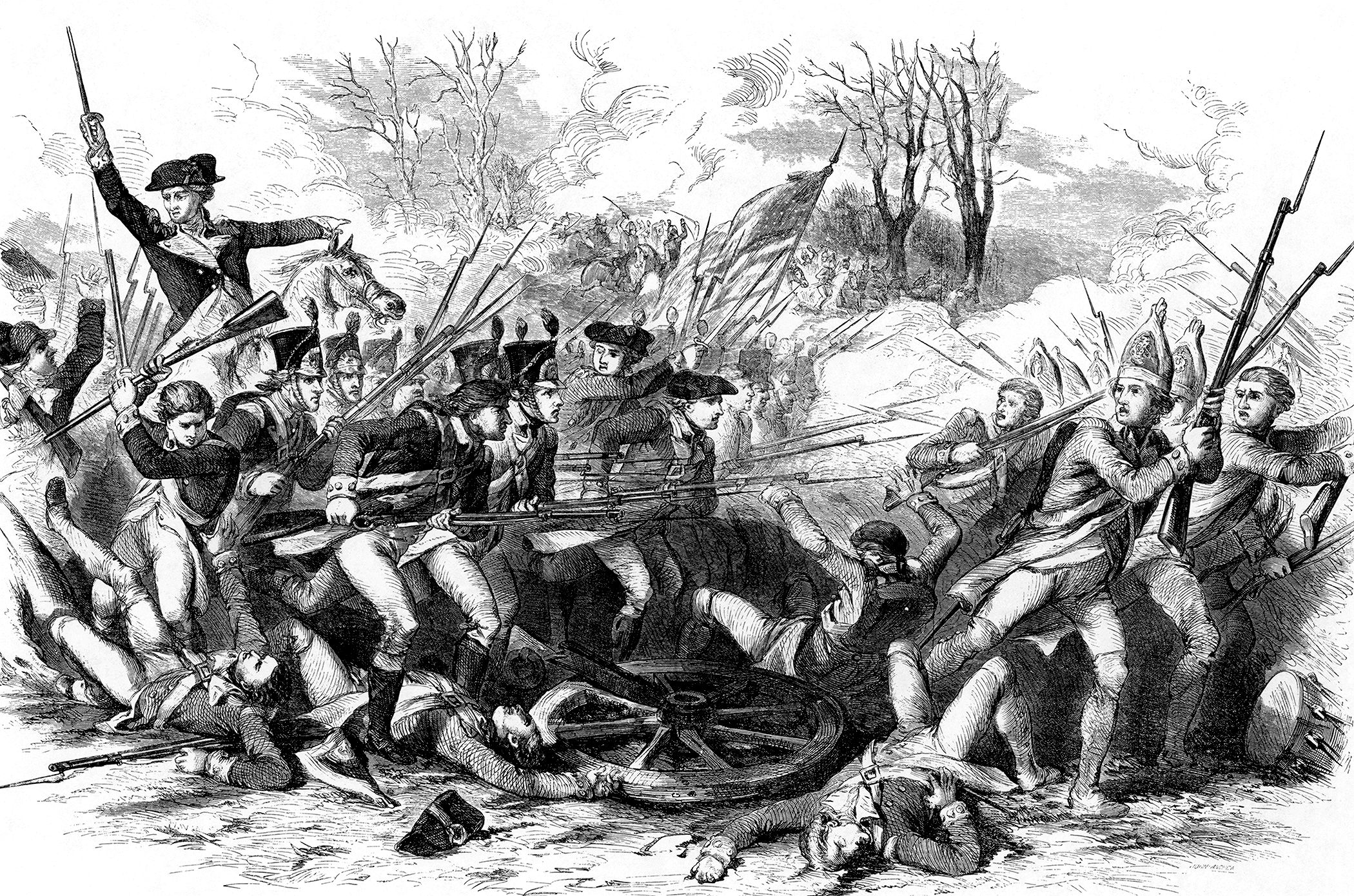
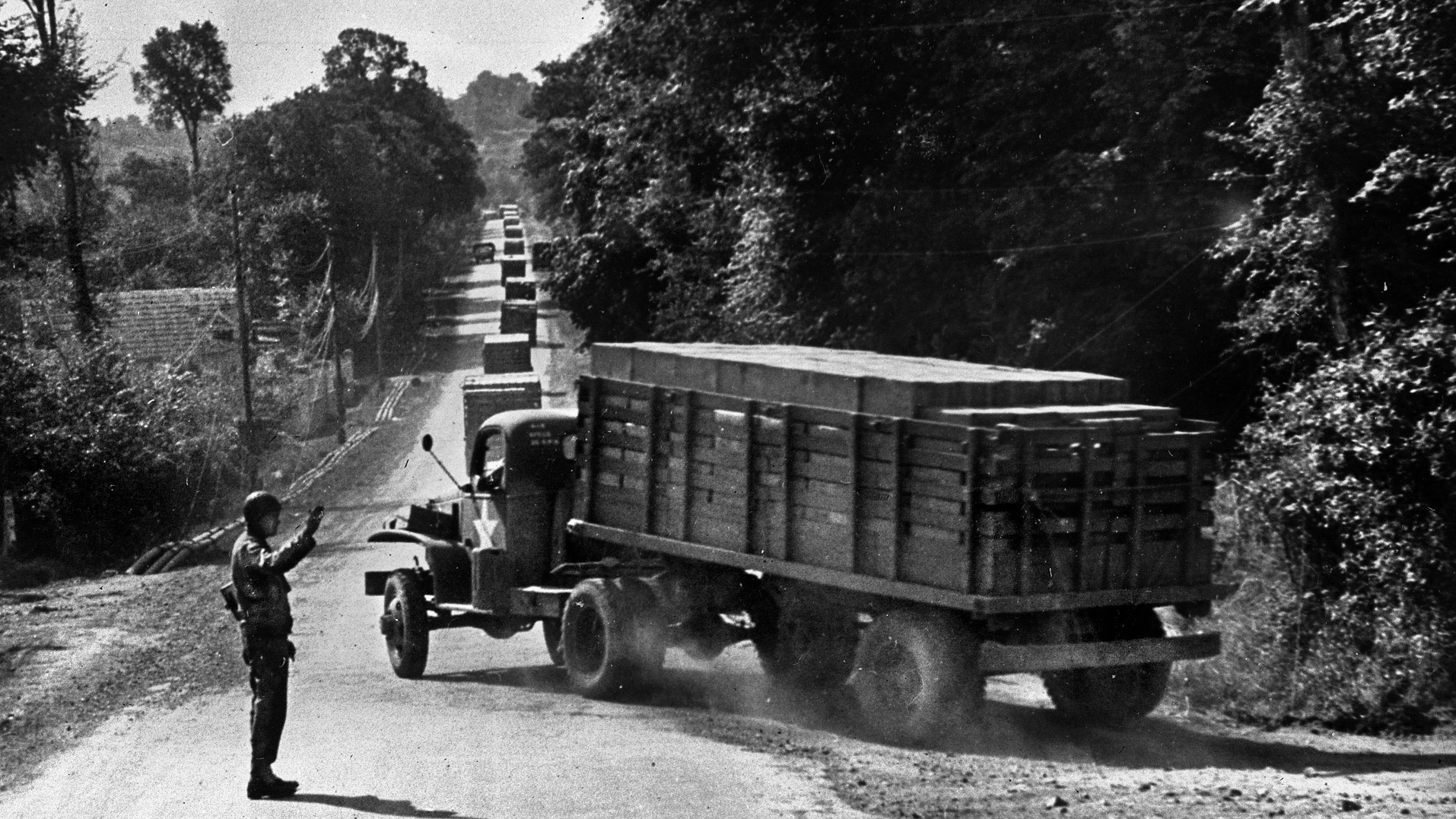
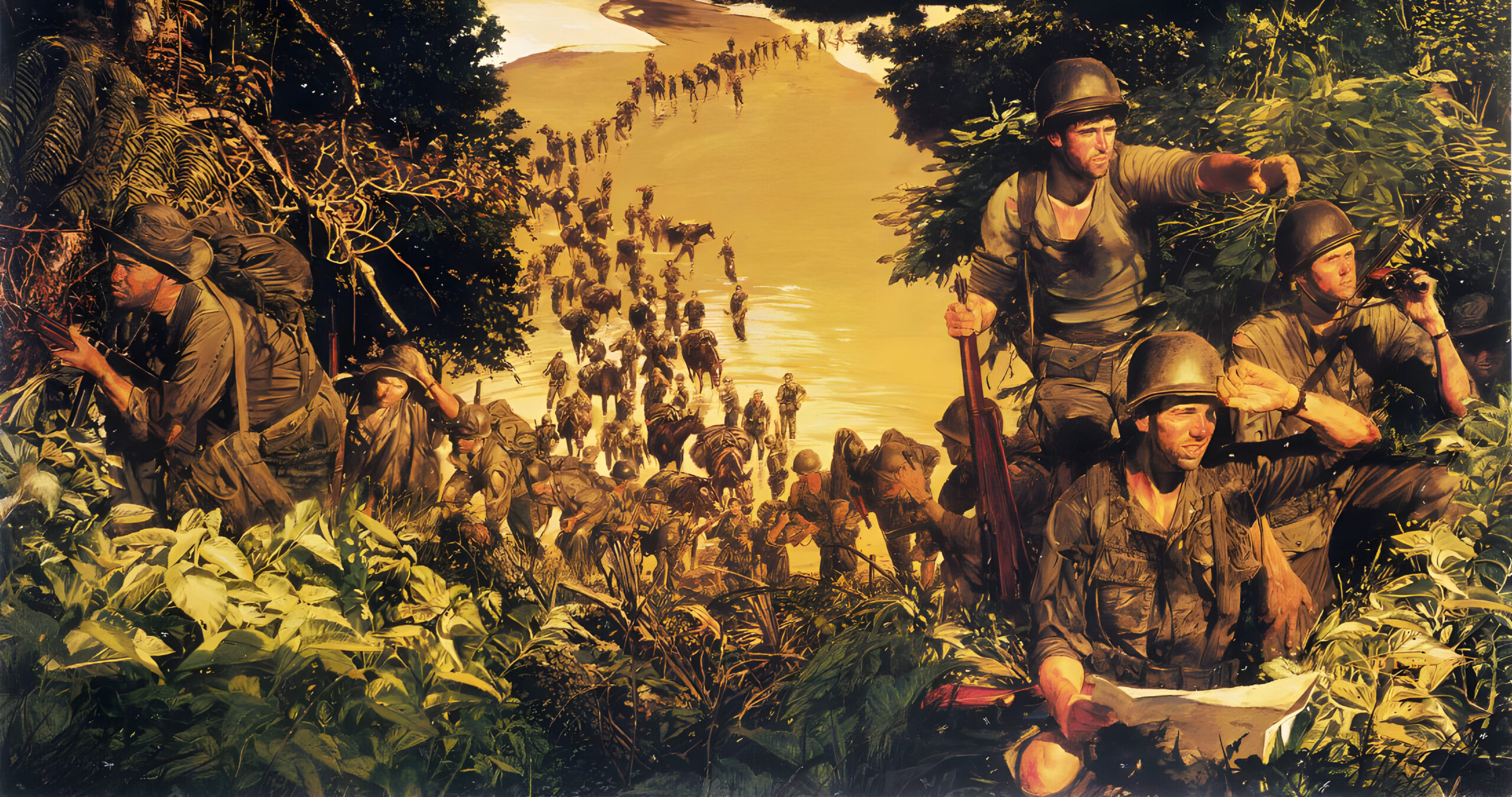
Join The Conversation
Comments
View All Comments